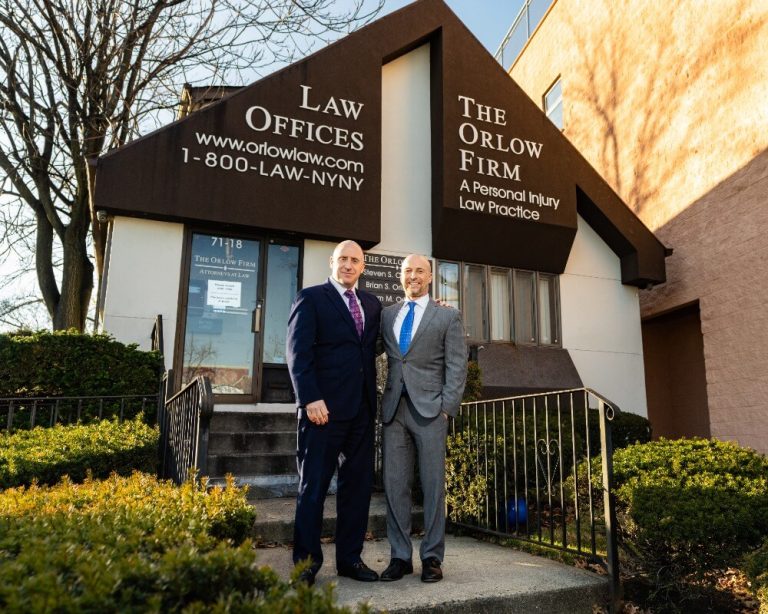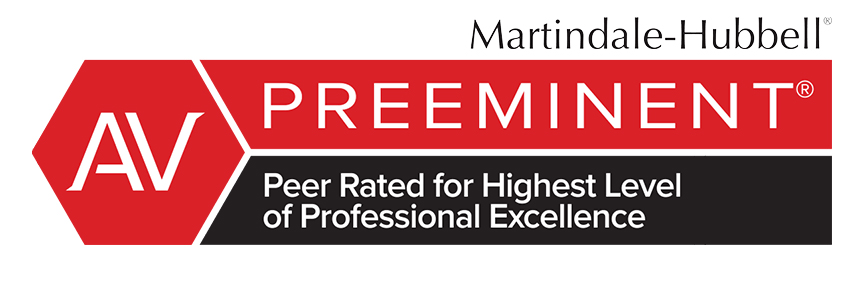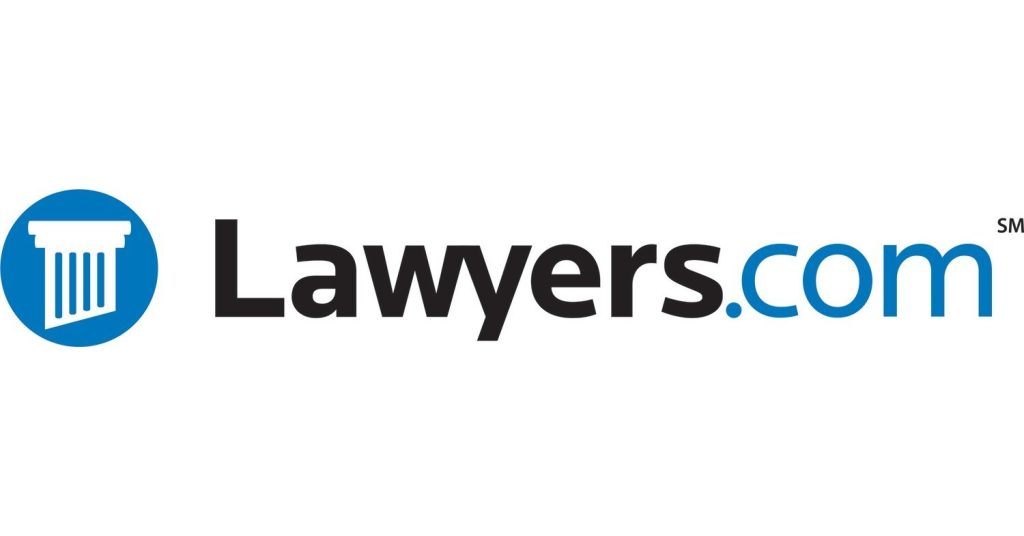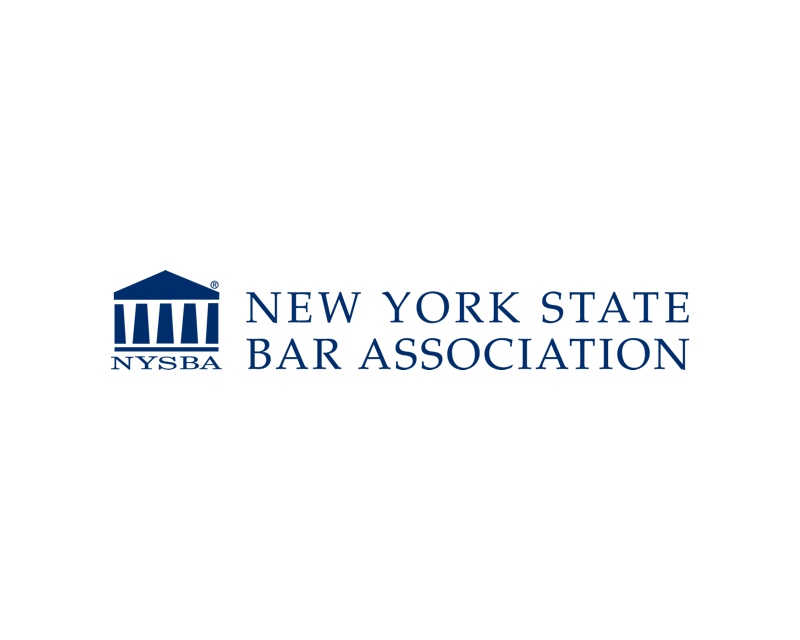The Following People Contributed to This Page
Cindy Cordova is a seasoned legal writer with over seven years of experience crafting clear, informative, and professional content for law firm websites. With a B.A. in English from Trinity Christian College, she combines her strong writing background with a deep understanding of legal topics to help firms connect with their clients through trustworthy and accessible content.
- August 3, 2025
What Are the Top 5 Most Common OSHA Violations on Construction Sites?
Construction remains one of the most dangerous jobs in America—and in New York City, it’s especially high-risk. While laws exist to protect workers, safety violations on job sites are still alarmingly common. Every year, OSHA issues tens of thousands of citations to contractors and developers for ignoring rules meant to prevent serious injuries and deaths.
Some violations happen so often, and with such deadly results, that they appear on OSHA’s Top 10 Most Cited Standards list year after year. These aren’t obscure or technical errors—they’re basic, life-saving protections that employers often skip to save time or money.
This article breaks down the Top 5 most frequently cited OSHA safety violations in construction, with real New York City examples and regulation citations. If you or someone you love has been hurt in a construction accident, understanding these violations is a crucial first step. An experienced construction accident lawyer can help you use this information to protect your rights, file the right claims, and pursue full compensation under New York’s powerful labor laws.
1. Inadequate Fall Protection (29 C.F.R. § 1926.501)
What the rule requires
OSHA’s construction-industry fall-protection standard obligates employers to provide guardrails, safety-net or personal-fall-arrest systems whenever a worker could fall six feet or more, and to cover floor openings, secure scaffolds, and train workers on safe access. Failure to meet any of these duties constitutes a violation of 29 C.F.R. § 1926.501
Why it tops OSHA’s citation list
For federal fiscal year 2024, fall-protection (general requirements) was again OSHA’s single most-cited standard, with 6,307 violations—more than double the second-place standard.
NYC snapshot
Worker falls are the city’s leading construction-site killer. In the New York City Department of Buildings’ January 2024 safety summary, “Worker Fell” incidents accounted for 28 of 43 total incidents (65 %), and DOB’s 2023 annual report likewise identified falls as the primary cause of fatalities and serious injuries on sites.
Real-world example
On January 2, 2025, a laborer renovating the Waldorf-Astoria Hotel in Midtown Manhattan plunged from an upper floor and died, prompting an immediate DOB stop-work order. Investigators later cited the contractor for failing to supply required fall-protection equipment. (Source: Legal Examiner, Jan. 3, 2025)
2. Unsafe Scaffolding (29 C.F.R. § 1926.451)
What the rule requires
OSHA’s scaffolding standard says every scaffold—and its components—must support at least four times the maximum intended load, have fully planked platforms, sound footing, and guardrails or personal-fall-arrest systems for any work more than 10 feet above the next level. Employers must also inspect scaffolds and train workers before each shift. Failure on any of these points is a violation of 29 C.F.R. § 1926.451
Why it’s high on OSHA’s citation list
Scaffolding ranked among OSHA’s five most-cited construction standards again in FY 2024, with 1,873 citations nationwide—roughly five every working day.
NYC snapshot
The New York City Department of Buildings counted 12 scaffold- or shoring-related incidents in calendar 2023, reflecting the city’s dense vertical worksites and the ever-present fall hazards they pose.
Real-world example
On February 28, 2025, two window washers dangled 78 stories above Columbus Circle when their platform broke free, slamming glass onto the street below. Firefighters hauled the workers to safety, and investigators cited missing lifelines and improper rigging as key factors. (See New York Post, Feb. 28 2025.) (New York Post)
3. Improper Ladder Use (29 C.F.R. § 1926.1053)
What the rule requires
OSHA’s ladder standard (29 C.F.R. § 1926.1053) says every ladder on a construction site must:
- support at least four times its maximum intended load (or 3.3× for heavy-duty Type 1A metal ladders);
- be kept free of slippery substances, structural defects, and unsecured bases;
- be placed so the base is roughly one-quarter of the working length from the wall (for non-self-supporting ladders); and
- be inspected and removed from service immediately if cracked, bent, or missing rungs.
Why it ranks among OSHA’s most-cited standards
“Ladders—construction” held #3 on OSHA’s FY 2024 list with 2,573 citations, only fall-protection and hazard-communication violations were more common.
NYC snapshot
The NYC Department of Buildings says ladder, stair, and trip incidents rose 14 % in 2023, even as overall fatalities fell, underscoring how everyday access equipment still drives injuries on city jobsites.
Real-world example
In February 2024, a worker at 151 West 30th St., Manhattan, fell 20 feet from an unsecured ladder. DOB cited the contractor for “failure to institute safety measures,” imposed $25,000 in penalties, and issued a stop-work order.
4. Inadequate Fall-Protection Training (29 C.F.R. § 1926.503)
What the rule requires
OSHA mandates that every employee who might be exposed to fall hazards receive a training program conducted by a competent person. The course must cover hazard recognition, correct use of personal-fall-arrest systems, and safe work procedures, and employers must keep written certification of completion and retrain workers when conditions change. (OSHA)
Why it’s among OSHA’s most-cited standards
For federal fiscal-year 2024, “Training Requirements” (§ 1926.503) logged 2,188 citations, ranking fourth on OSHA’s construction-industry list—behind only duty-to-provide fall protection, ladders, and scaffolds. (OSHA)
NYC snapshot
Under Local Law 196, most city construction workers must carry a 40-hour Site Safety Training (SST) card, while supervisors need 62 hours. DOB inspectors can—and do—issue civil penalties up to $5,000 per untrained worker; June 2023 enforcement bulletins list fines as high as $11,500 for crews lacking the required 62-hour SST credential. (NYC, NYC, NYC)
Real-world example
In February 2024, Manhattan prosecutors indicted Valor Security & Investigations—a “sham” safety school that sold fake SST cards to more than 20,000 workers—after one recipient fell 15 stories to his death on the Upper West Side. The indictment alleges that proper fall-protection training could have prevented the fatality. (Patch)
Bottom line: If you were hurt on a site that never gave you real fall-protection training—or handed you a shady SST card—you may have a stronger claim than you think. Gather your paperwork, get medical care, and speak with a lawyer before signing anything.
5. Missing Eye & Face Protection (29 C.F.R. § 1926.102)
What the rule requires
OSHA’s construction-industry PPE standard obliges employers to provide—and require the use of—ANSI-Z87.1-rated goggles, face shields, welding hoods, or similar gear whenever flying particles, molten metal, chemicals, or injurious light radiation could strike a worker’s eyes or face. Side shields are mandatory for impact hazards, prescription lenses must be accommodated, and equipment has to be kept clean and undamaged. (OSHA)
Why it’s on OSHA’s “Top 10” every year
Eye-and-face protection logged 1,814 violations in federal FY 2024, holding the #5 spot among construction-specific standards (and #9 across all industries).
NYC snapshot
The NYC Department of Buildings (DOB) 2024 Construction Safety Report lists 638 construction-site incidents and 482 worker injuries city-wide in 2024. Although DOB does not publish a stand-alone count of eye injuries, its publicly downloadable monthly “Incident Notifications” spreadsheets show at least two dozen 2024 cases where dust, debris, chemicals, or fasteners entered a worker’s eye—almost all filed under the report’s broader **“material-failure” or “mechanical-equipment” categories, which together accounted for 82 incidents last year.
Real-world example
On January 13 2024, an air-powered nail gun jammed on a high-rise job; the carpenter, who wasn’t wearing goggles, looked down the barrel and fired a 3-cm nail through his left eye into his brain. Surgeons saved his life—but not his vision. (New York Post, Jan. 13 2024). (New York Post)
Frequently Asked Questions About OSHA and Safety Regulations
When it comes to OSHA and safety regulations on construction sites, there are often many questions from workers and the general public about what these regulations entail and how they affect safety in the workplace. Below are some frequently asked questions to help clarify these important topics:
- What is OSHA? The Occupational Safety and Health Administration (OSHA) is a federal agency responsible for ensuring safe and healthy working conditions by setting and enforcing standards, and by providing training, outreach, education, and assistance.
- Why are OSHA regulations important on construction sites? OSHA regulations are crucial because they establish safety standards that prevent workplace injuries and fatalities. These regulations cover a wide range of safety issues, including fall protection, scaffolding, and electrical safety, which are particularly relevant in the construction industry.
- What are common OSHA violations on construction sites? Some of the most common OSHA violations include inadequate fall protection, improper scaffolding, lack of personal protective equipment (PPE), and failure to communicate hazards. These violations can result in significant fines and increased risk of injury for workers.
- How do OSHA regulations apply specifically to New York City construction sites? While OSHA sets federal standards, New York City may have additional local regulations that construction sites must follow. These may include stricter safety measures and additional compliance requirements due to the city’s dense population and unique building environment.
- What should a worker do if they notice a safety violation? Workers should report any safety violations to their supervisor or safety officer immediately. If the issue is not addressed, they can file a complaint with OSHA. Workers have the right to a safe workplace and are protected from retaliation for reporting violations.
- Can OSHA violations lead to legal action? Yes, if a worker is injured due to an OSHA violation, they may have grounds for a personal injury lawsuit against the employer or contractor responsible for the unsafe conditions. Legal action can help recover compensation for medical expenses, lost wages, and other damages.
- How can The Orlow Firm assist if I’ve been injured on a construction site? The Orlow Firm can provide guidance and representation for individuals injured on construction sites due to safety violations. Our attorneys can help navigate the complexities of workers’ compensation claims and any potential lawsuits to ensure fair compensation.
If you have further questions about OSHA regulations or need legal assistance after a construction site injury, don’t hesitate to contact The Orlow Firm at (646) 647-3398. Our dedicated team is here to help you understand your rights and explore your legal options.
How to Report Safety Violations on NYC Construction Sites
Reporting safety violations on construction sites in New York City is a crucial step to ensure the safety and well-being of all workers. If you notice unsafe conditions or practices that violate OSHA (Occupational Safety and Health Administration) standards, it’s important to take action. Here’s how you can report these violations effectively:
- Identify the Violation: Before reporting, clearly identify the specific safety issue or OSHA violation. This could include lack of protective gear, unsafe equipment, or inadequate safety training. Be as specific as possible about the nature of the violation.
- Document the Issue: Take notes, photographs, or videos of the unsafe condition if it’s safe to do so. Documentation can provide concrete evidence of the violation, which is helpful when reporting to authorities.
- Report to Your Supervisor: If possible, report the violation to your immediate supervisor or site manager. They may be able to address the issue promptly. However, if the supervisor is unresponsive or if you feel uncomfortable reporting to them, proceed to the next steps.
- Contact OSHA Directly: You can file a complaint directly with OSHA. This can be done online through the OSHA website, by phone, or by mailing a written complaint. When filing, provide detailed information about the violation, including the location, nature of the hazard, and any injuries that have occurred.
- Call OSHA’s New York Office: If you’re in New York City, you can contact the local OSHA office directly. They can provide guidance specific to the NYC area and may conduct an inspection based on your report.
- Remain Anonymous if Necessary: If you fear retaliation, you can request to remain anonymous when filing your complaint. OSHA provides protections for whistleblowers to ensure that workers can report unsafe conditions without fear of losing their jobs.
- Follow Up: After filing a report, follow up with OSHA to check on the status of your complaint. This can help ensure that the issue is being addressed and that safety improvements are made.
Ensuring safety on construction sites is a shared responsibility. By taking these steps to report violations, you contribute to a safer working environment for everyone involved. If you’ve been affected by a construction site accident or need legal support regarding safety violations, contact The Orlow Firm at (646) 647-3398 for compassionate and professional assistance.
How The Orlow Firm Assists with Construction Site Violation Cases
When dealing with construction site violations, The Orlow Firm plays a critical role in advocating for the rights and safety of injured workers. Our team understands the complexities of OSHA (Occupational Safety and Health Administration) regulations and how violations can lead to serious injuries. Here’s how we assist in construction site violation cases:
- Comprehensive Case Evaluation: We begin by thoroughly evaluating the details of the construction site accident. This includes examining the site conditions, reviewing safety protocols, and identifying any breaches of OSHA standards. Our goal is to understand the full scope of the violation and its impact on your injury.
- Gathering Evidence: Building a strong case requires meticulous evidence collection. Our team works to gather all necessary documentation, such as safety inspection reports, witness statements, and photographic evidence of the site. This helps establish a clear link between the violation and the injury sustained.
- Expert Consultation: In many cases, we consult with safety experts to provide professional insights into the nature of the violations. These experts can testify about how the breach of safety standards contributed to the accident, strengthening your claim.
- Negotiating with Insurance Companies: Insurance companies often aim to minimize payouts. Our attorneys are experienced in negotiating with insurers to ensure you receive fair compensation. We advocate on your behalf to cover medical expenses, lost wages, and other damages resulting from the violation.
- Pursuing Legal Action: If negotiations do not lead to a satisfactory settlement, we are prepared to take your case to court. Our attorneys are skilled in litigation and will present a compelling case to seek the compensation you deserve.
- Providing Compassionate Support: We understand that dealing with a construction site injury can be overwhelming. Our team is committed to providing compassionate support throughout the legal process, ensuring that you feel informed and empowered every step of the way.
If you or a loved one has been injured due to a construction site safety violation in New York City, The Orlow Firm is here to help. Our dedicated attorneys are ready to discuss your case and explore your legal options. For personalized assistance, please contact us at (646) 647-3398.
The Following People Contributed to This Page
Cindy Cordova is a seasoned legal writer with over seven years of experience crafting clear, informative, and professional content for law firm websites. With a B.A. in English from Trinity Christian College, she combines her strong writing background with a deep understanding of legal topics to help firms connect with their clients through trustworthy and accessible content.











